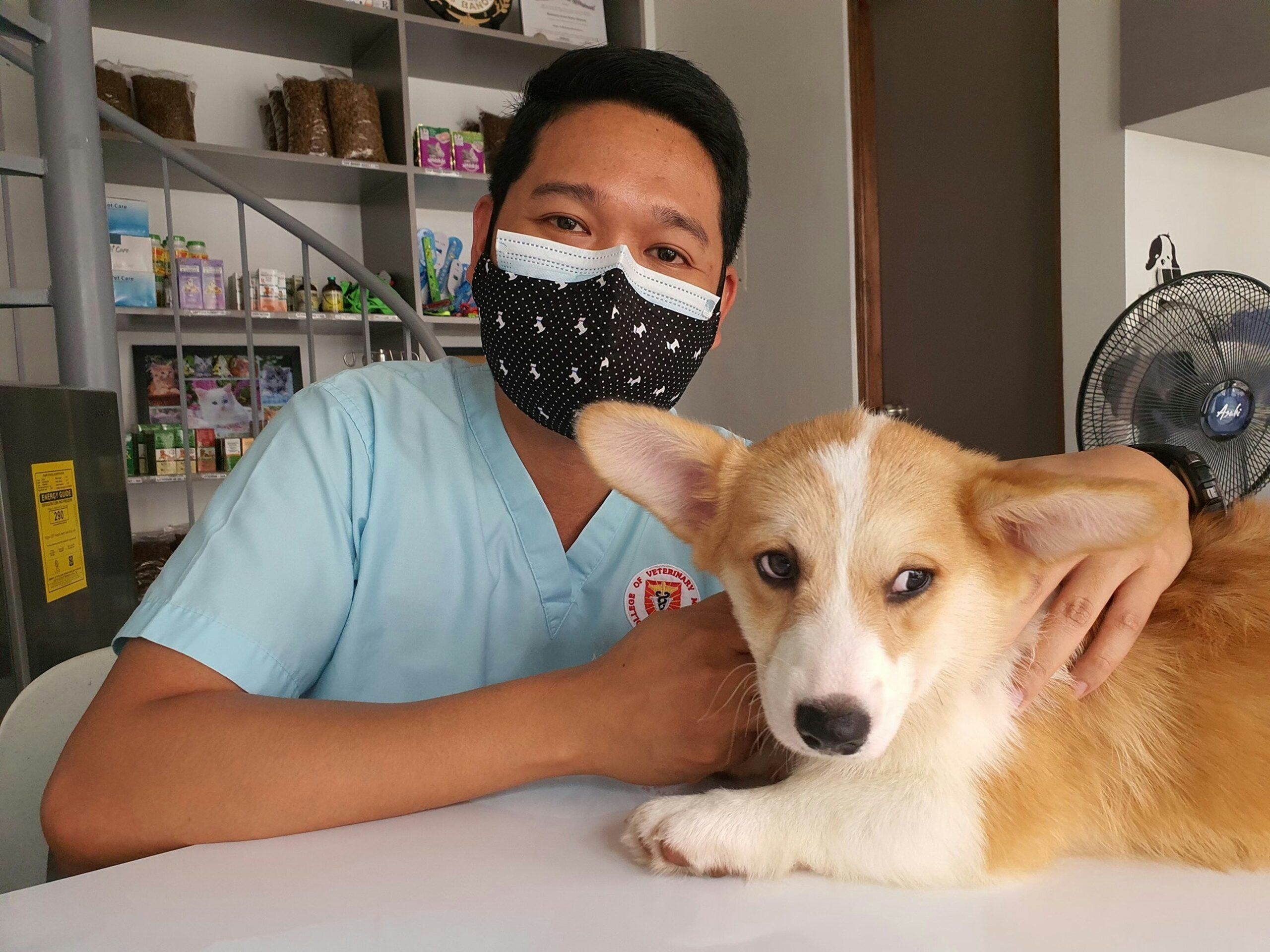Obesity isn’t just a human health crisis; it’s also a growing problem for our canine companions. Studies show that more than half of all pet dogs are overweight or obese, leading to serious health complications, including diabetes. Just like in people, excess weight in dogs often results from consuming too many calories and not getting enough exercise.
Unfortunately, obesity doesn’t just affect a dog’s appearance; it puts significant stress on their joints, heart, and metabolic system. One of the most concerning consequences is diabetes, a chronic condition that can drastically impact a dog’s quality of life. The good news? With proper diet, exercise, and veterinary care, both obesity and diabetes in dogs are manageable—and often preventable.
Why Is Obesity Common in Dogs?
In the wild, dogs’ ancestors spent much of their time hunting, scavenging, and traveling long distances in search of food. This constant activity kept them lean and fit. However, today’s pet dogs live much more sedentary lifestyles. While domestication has brought them into our homes and hearts, it has also reduced their need to be physically active.
Many dogs become overweight due to a combination of overfeeding and lack of exercise. Free-feeding, excessive treats, and high-calorie diets can easily lead to weight gain, especially when coupled with a lack of physical activity. Some owners unknowingly contribute to obesity by offering too much human food or feeding their pets based on perceived hunger rather than actual nutritional needs.
Certain breeds are also more prone to obesity due to genetic factors. Breeds like Labrador Retrievers, Beagles, and Cocker Spaniels tend to gain weight more easily than others, making portion control and regular exercise even more important.
Signs that a dog may be overweight include difficulty feeling their ribs, a lack of a visible waistline, and decreased energy levels. If left unchecked, obesity can lead to serious health problems, with diabetes being one of the most concerning.
Understanding Diabetes in Dogs
Diabetes mellitus is a condition in which a dog’s body either doesn’t produce enough insulin or becomes resistant to it, leading to dangerously high blood sugar levels. Insulin is a hormone responsible for regulating glucose, allowing cells to absorb and use it for energy. When this process is disrupted, sugar remains in the bloodstream, causing a range of health issues.
There are two primary types of diabetes in dogs:
- Type 1 Diabetes (Insulin-Dependent Diabetes Mellitus): The most common form in dogs, where the pancreas fails to produce enough insulin. This condition requires lifelong insulin therapy.
- Type 2 Diabetes (Insulin-Resistant Diabetes Mellitus): Less common in dogs, this occurs when the body becomes resistant to insulin, often due to obesity.
Common symptoms of diabetes in dogs include:
- Increased thirst and excessive urination
- Increased appetite despite weight loss
- Fatigue or reduced activity levels
- Frequent infections or slow-healing wounds
- Cloudy eyes (a sign of diabetes-related cataracts)
Without proper treatment, diabetes can lead to severe complications, including nerve damage, kidney disease, and life-threatening diabetic ketoacidosis.
How Obesity Leads to Diabetes
Excess weight doesn’t just make a dog less active—it also disrupts their entire metabolic system. Fat tissue isn’t just stored energy; it’s biologically active and produces hormones that can lead to insulin resistance. When a dog is overweight, their body has a harder time using insulin properly, forcing the pancreas to work overtime to produce more. Over time, this strain can cause the pancreas to wear out, leading to diabetes.
Additionally, obesity contributes to chronic inflammation, which further disrupts glucose regulation. Dogs with excess fat are at a higher risk of developing conditions like pancreatitis, which can further impair insulin production.
The link between obesity and diabetes is clear, but the good news is that weight management plays a crucial role in both prevention and treatment. Helping a dog maintain a healthy weight through proper diet and regular exercise can significantly reduce their risk of developing diabetes and improve their overall well-being.
Prevention of Obesity and Diabetes in Dogs
Preventing obesity is one of the most effective ways to reduce a dog’s risk of developing diabetes. A combination of proper diet, portion control, and regular exercise can help keep a dog at a healthy weight and maintain balanced blood sugar levels.
- Proper Nutrition – Feeding a well-balanced diet is crucial for maintaining a dog’s weight and overall health. High-quality, protein-rich food with limited carbohydrates is ideal. Avoid excessive fillers like corn and wheat, which can contribute to weight gain. Consulting a veterinarian to determine the best diet based on a dog’s breed, age, and activity level is always recommended.
- Portion Control – Many pet owners overfeed their dogs, especially when free-feeding or offering too many treats. Measuring meals and sticking to a feeding schedule can help regulate calorie intake. Using a body condition scoring system, where a vet assesses the dog’s ideal weight, can also be useful in determining portion sizes.
- Regular Exercise – Dogs need daily physical activity to burn calories and stay fit. The amount of exercise needed depends on the breed, age, and overall health of the dog. Regular walks, playtime, and engaging activities like agility training or swimming can help maintain an ideal weight.
- Limiting Treats and Human Food – Treats should make up no more than 10% of a dog’s daily caloric intake. Many commercial treats are high in fat and sugar, contributing to weight gain. Opting for healthy alternatives like small portions of lean meat, carrots, or green beans can be a better option.
Treatment and Management of Diabetes in Dogs
If a dog is diagnosed with diabetes, proper treatment and lifestyle adjustments can help manage the condition effectively. While diabetes requires lifelong care, many dogs continue to live happy, active lives with the right management plan.
- Insulin Therapy – Most diabetic dogs require daily insulin injections to regulate their blood sugar levels. While the idea of administering injections may seem intimidating at first, most pet owners quickly adapt with guidance from their veterinarian.
- Dietary Management – A veterinarian may recommend a prescription diet formulated for diabetic dogs. These diets are typically high in protein, low in simple carbohydrates, and rich in fiber to help slow glucose absorption. Consistency in feeding times and meal portions is crucial for stabilizing blood sugar levels.
- Regular Exercise – Controlled physical activity can help regulate blood sugar levels, but it’s important to maintain a consistent exercise routine. Sudden changes in activity levels can cause blood sugar fluctuations, so any adjustments should be made gradually.
- Monitoring Blood Sugar Levels – Routine glucose monitoring, either at home or through regular vet visits, helps ensure that diabetes is well-managed. Some pet owners use continuous glucose monitoring systems to track their dog’s blood sugar levels more accurately.
- Routine Vet Check-Ups – Diabetic dogs require more frequent veterinary visits to monitor their condition and adjust their insulin dosage if necessary. Vets may also check for secondary complications like cataracts, infections, or kidney issues.
Conclusion
Obesity and diabetes in dogs are serious but manageable conditions. With proper nutrition, regular exercise, and veterinary care, pet owners can prevent obesity and significantly reduce the risk of diabetes in their dogs. For those already managing diabetes, consistent treatment and lifestyle changes can help ensure a good quality of life. Taking a proactive approach to a dog’s health today can lead to a longer, healthier, and happier life for years to come.






